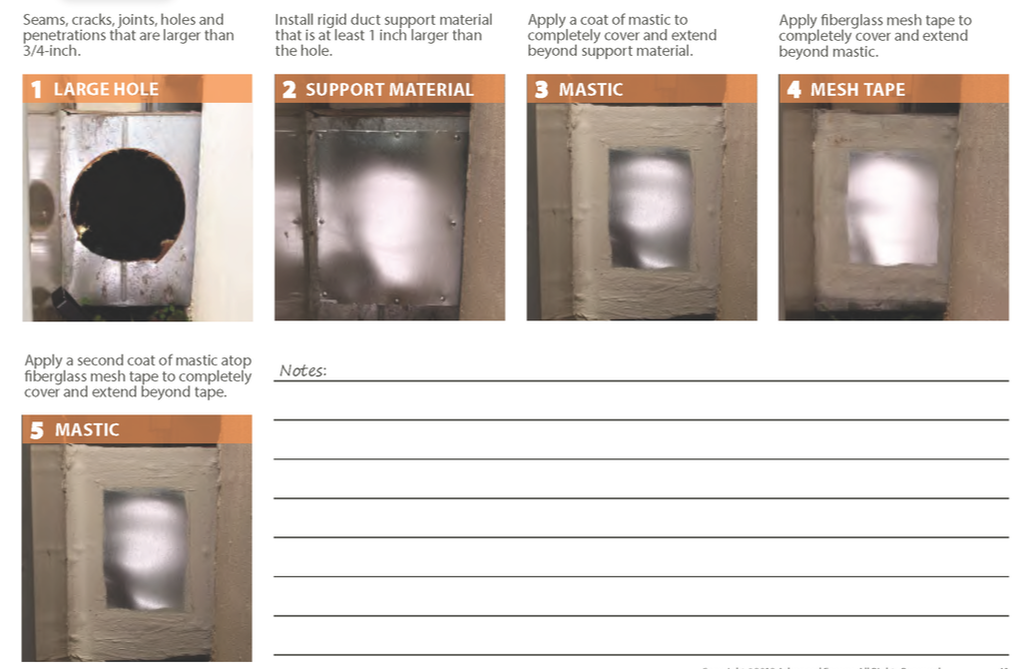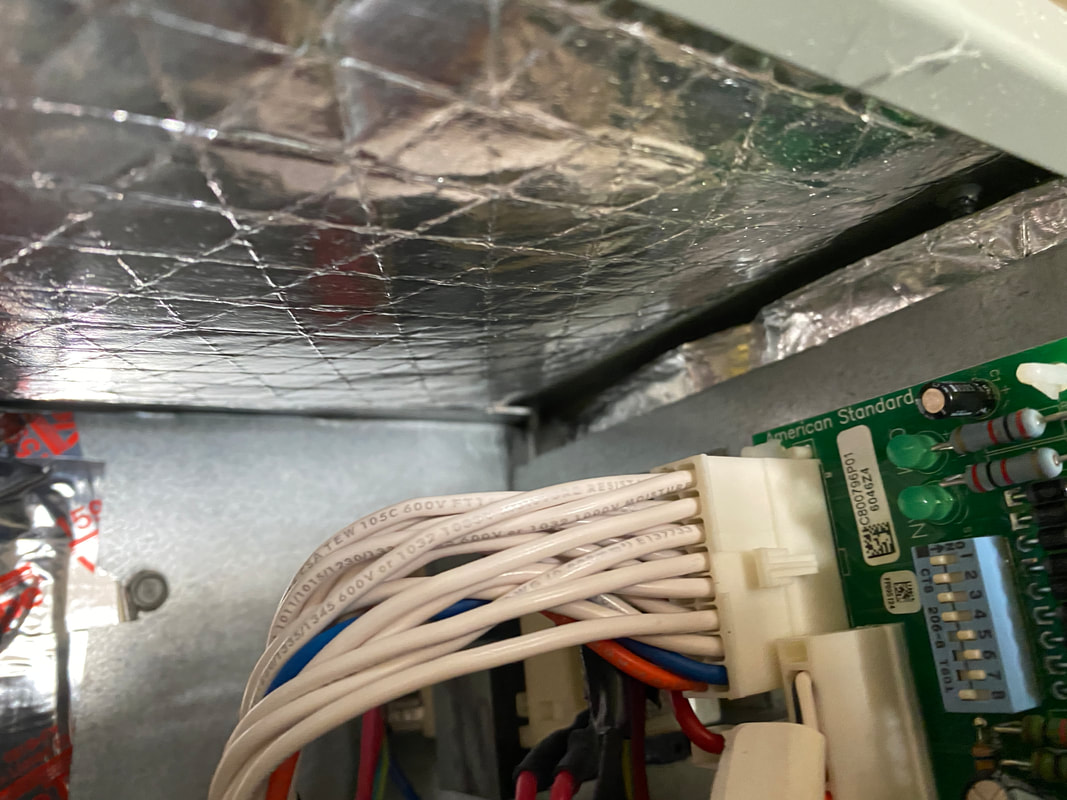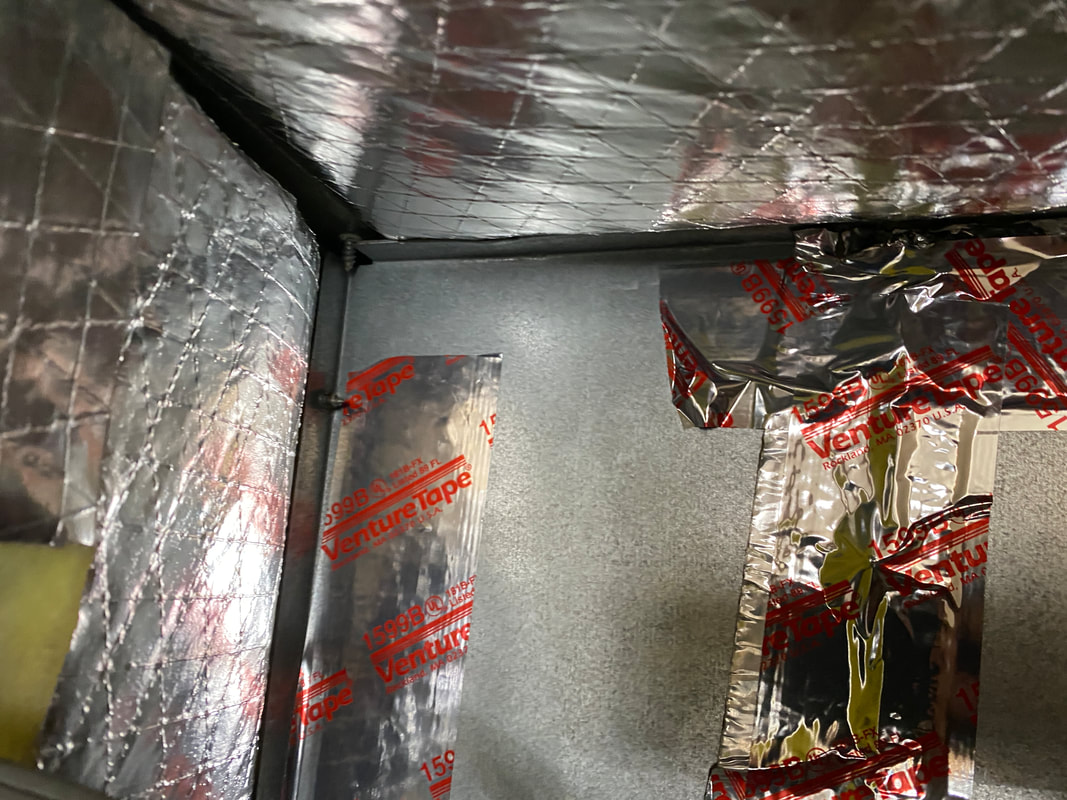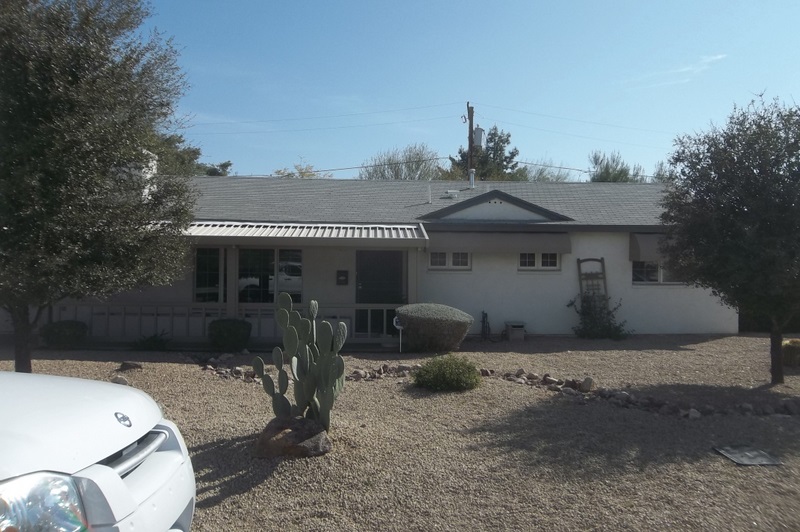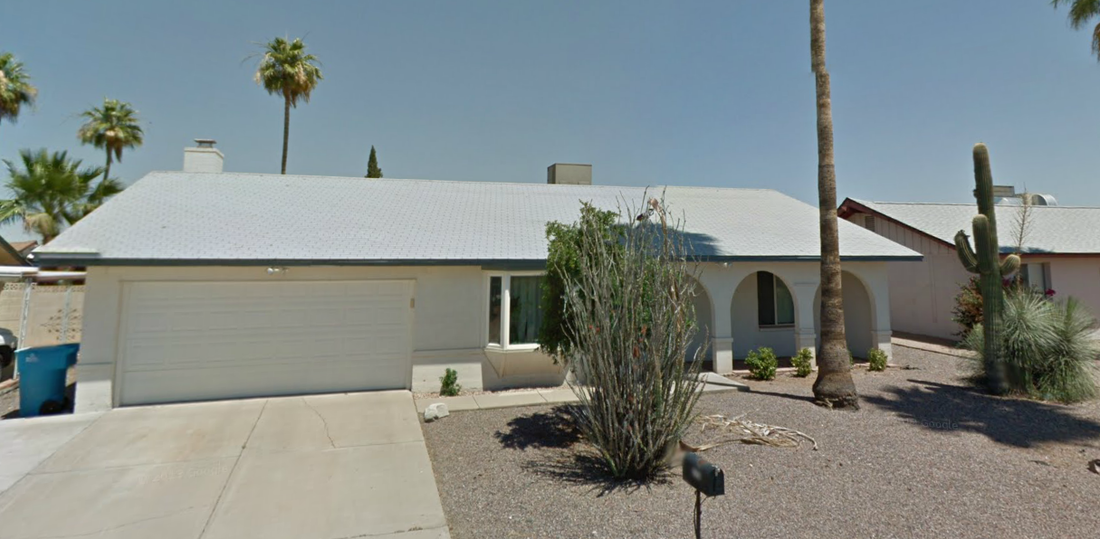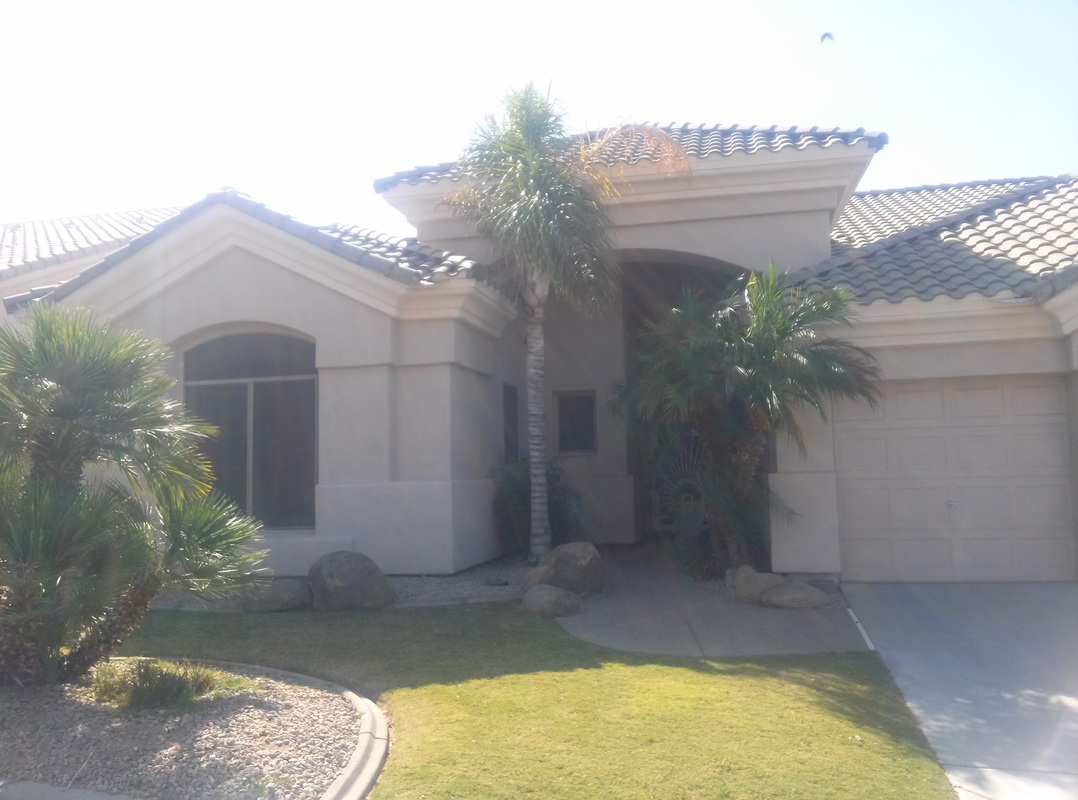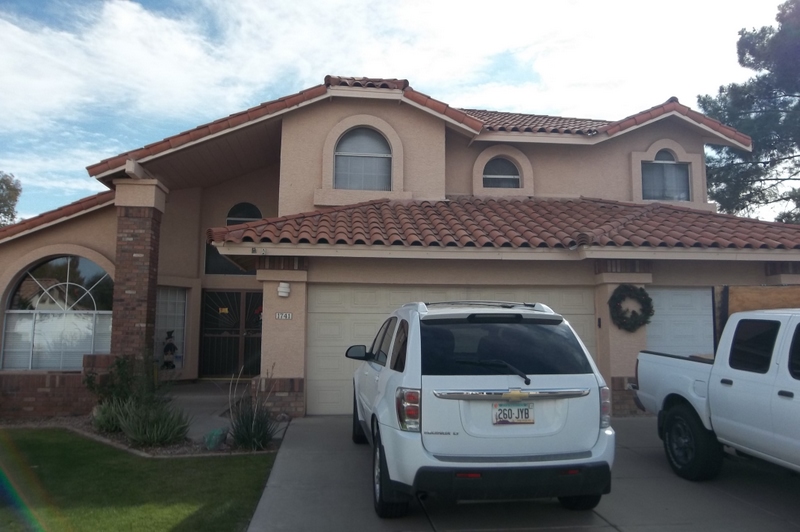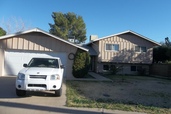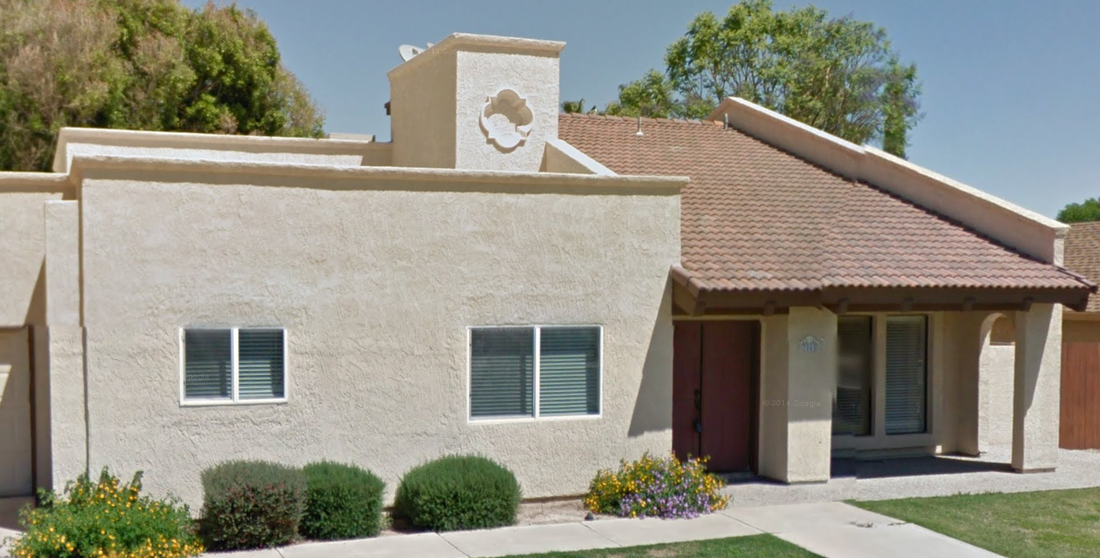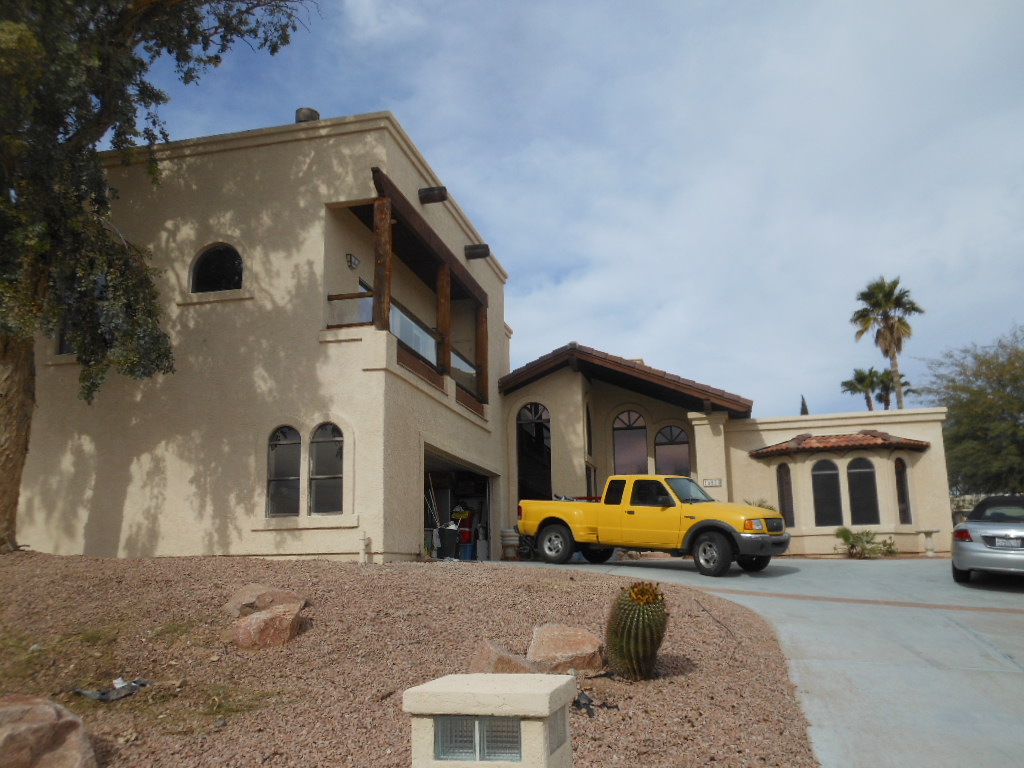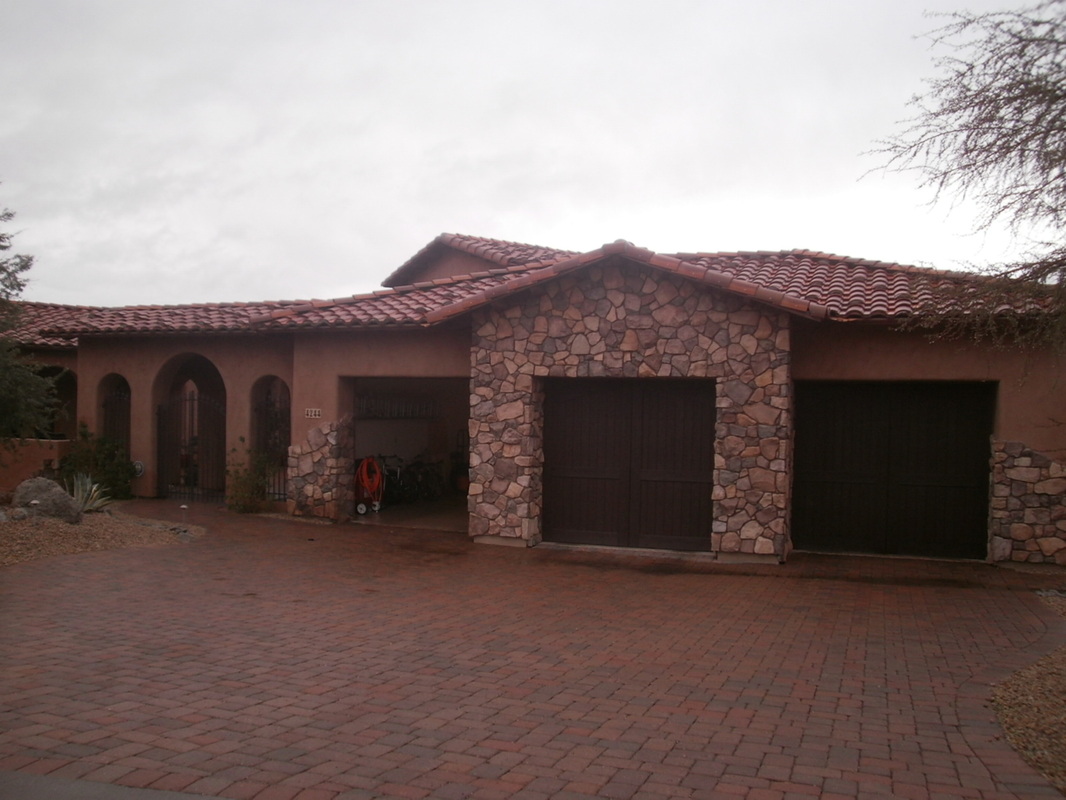|
As Aeroseal dealers, Green ID obviously uses and believes in the product. We have performed dozens of Aeroseals on all types of homes. One advantage we have is that our services also include energy audits and ductwork pressure testing, manually sealing the ductwork, Manual D duct design and sizing, installing new and modifying existing ductwork, and air balancing. This exposes us to a wide range of comfort, efficiency and health and safety conditions related to the ducts and improves all aspects of our work but in particular, the Aeroseal process. In similar way to how weight training will improve a swimmer’s time, performing energy audits lets us test the leakage at each register and use zonal pressure readings to find where major leaks are occurring before we even go in the attic. Manually sealing the ductwork physically puts us in front of each duct so we can see mistakes and gain experience where we might need to put a set of eyes on common problems areas. Ductwork sizing and design lets us know how to set realistic expectations for Aerosealing and know when to use it as a comfort solution, energy saving solution or efficiency improvement and know when another recommendation is better suited to solving a homeowner’s comfort, dust or efficiency problems. What is Aerosealing? Aeroseal is a method to seal the ductwork from the inside using a hot polymer glue. The Aeroseal machine gets connected to one of the ducts with a clear plastic tubing while all the other registers are sealed off and isolated from the evaporator coil / heat exchanger. Once connected, the Aeroseal machine uses a fan, heater and manometer to pressurize the ductwork and spray the aerosized glue through the ducts. Its’ ingredients are those commonly found in pacifiers and chewing gum and are non-toxic. The Benefits of Aeroseal Are: DOE studies have shown the benefits of Aeroseal, you can read the report here and include.
What Are Aeroseal’s Limitations? This is Aeroseal’s standard benefit list but what it doesn’t tell us is how much each of these benefits will apply to your home. In some cases, the there will be no noticeable dust change because the dust is coming from a dryer vent or air leak. In other cases, Aeroseal really won’t improve your comfort because the sizing of the ductwork is main cause of comfort issues. Some homes will see no improvement in their energy bills but their dust will be reduced noticeably. The best way to find out how these interplay is to have a comprehensive energy audit on your home. Aeroseal’s biggest limitation is that it can only seal holes smaller than 5/8”, which is pretty small. Leaks in the ductwork that are larger than 5/8” must be sealed manually first. This can be a problem if your duct system has larger leaks because Aerosealing is more expensive than manually sealing the ductwork but won’t get to the heart of your duct leakage problem. Another limitation is the actual Aeroseal company, especially if they are a larger solar or HVAC company, their Aeroseal crew likely won’t go in the attic to find the larger leaks. I’ve come behind these companies to find that they did not go in the attic during the Aerosealing to manually seal the larger leaks and were either to lazy or not well trained to find the more important, larger leaks in the system. What’s Better Aeroseal Or Manual Duct Sealing? Companies that only perform Aeroseal would have you believe that Aeroseal gives a far superior seal on leaky ductwork but that’s not true. The truth is that because Aeroseal seals the ducts from the inside, we don’t need access to the ductwork to seal it, so Aeroseal is better suited for those homes. Examples of homes with inaccessible ducts are on a metal trunk system, 1st floor ductwork on a two story home, or on flat roofs. On these homes, Aeroseal is preferred to solely manually sealing the ductwork, but a manual duct seal still needs to be done on these homes when feasible. If the ductwork is fully accessible, then manually sealing the ductwork with mastic is more effective and less costly than Aerosealing. Why is manually sealing the ductwork more effective than Aeroseal? It’s because we can apply a much thicker layer with a more rigid backing on larger leaks than Aeroseal applies. A thicker layer of mastic will obviously last longer than a thin layer and hold up again the ductwork expanding and contracting over time. On most tract homes, the ductwork is 100% accessible and a manual duct sealing can be done with good results. Under Pressure Part of the Aeroseal process can be similar to running a blower door test on a home. If you’ve had an energy audit done, you’ll be familiar with this test. A blower door is a diagnostic tool our energy auditors use to put the home under pressure to measure and find air and ductwork leakage. You can actually feel where the leaks are coming from when under a negative pressure around leaky doors, windows, duct registers, pocket doors, etc. During an Aerosealing, we isolate the ductwork and put the duct system under a similar positive pressure test. During this test we can again feel where the leaks are coming from in the ductwork, however we are able to put the ductwork under a much greater pressure where you can really hear, and feel where the leaks are coming from. Once we take a crawl around the attic and check the HVAC system, I’ve been surprised to discover “hidden” leaks in the ductwork I would have never found from doing a manual seal alone. As both Aeroseal and manual duct seal installers, we learn a lot going back and forth from manually sealing the ductwork to doing Aerosealing and here are some nuggets we’ve learned over the years. How Aerosealing Has Made Me Better At Ductwork Sealing
How Much Does Aerosealing Cost? Aeroseal costs can vary between $1600 - $2300 per unit. Manually sealing the ductwork costs can vary between $900 - $1200 per unit. These costs can vary depending on the accessibility of the HVAC unit, the type of HVAC system, the number of registers in the home, the height and access to each register and how many systems are being sealed at one time. Visit Aeroseals website for more information on their product or contact Green ID to see if Aeroseal makes sense for your home.
5 Comments
3/7/2021 03:42:07 am
You are not putting 400-700 psi in a duct. That is nonsense. I would be surprised if you can even put 700 pascal in the duct.
Reply
6/8/2021 10:46:03 am
Being able to see each duct directly when sealing them sounds like a good idea. People sometimes overlook the need to see what is happening in a duct. They are out of sight so they often end up being out of mind too.
Reply
11/24/2021 09:42:36 am
I'll be sure to get my ductwork modified so that the air can be balanced. That would help me feel about my air system. So I'll look for a HVAC professional who can do this for me.
Reply
g choquette
4/17/2022 12:24:13 am
Where can i find copies of the 'studies have shown'?
Reply
9/28/2022 03:59:39 am
I agreee. Having properly sealed ducts can balance the air temperature in your home because air will be able to reach each room, creating a more comfortable living space. Having properly sealed ducts can also reduce your utility and energy costs because HVAC system won't have to work so hard.
Reply
Your comment will be posted after it is approved.
Leave a Reply. |
Sign Up For Your Home Energy AuditFIND YOUR HOME TYPERanch HomesSingle Story, Spec HomesTwo Story, Spec HomesTri-Level HomesPre-1990 Custom HomePost-1990 Custom HomeDon't See Your Home? Find Your City Below!Archives
April 2024
Copyright Notice©2009 – 2023
All Rights Reserved |


